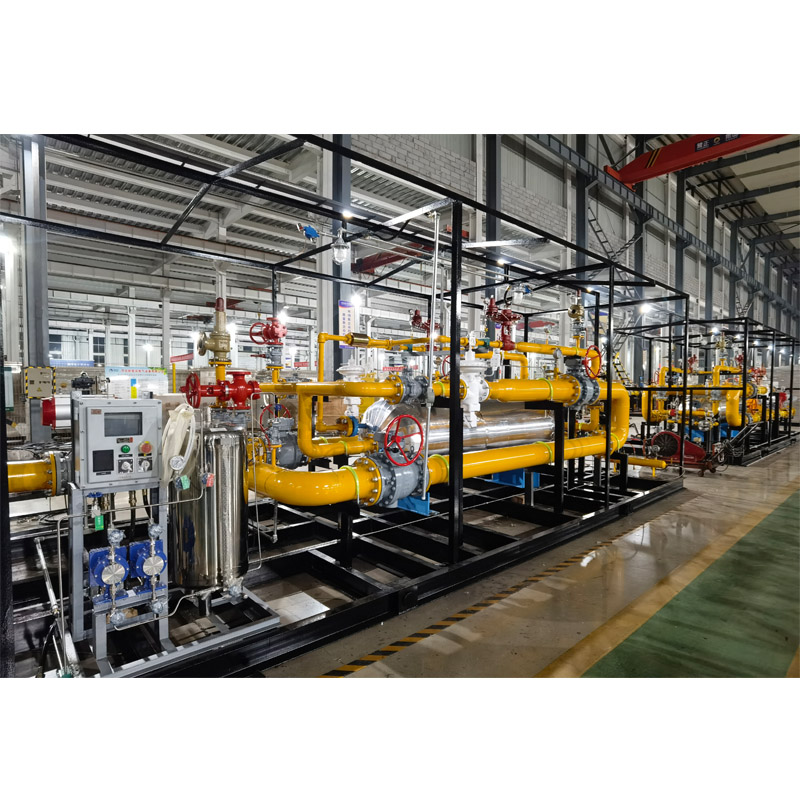
Nov . 30, 2024 00:30
Back to list
Understanding the Functionality and Benefits of Basket Strainers in Fluid Systems
Understanding Basket Strainers Essential Components for Fluid Management
Basket strainers are pivotal components in various industrial, commercial, and even residential applications where fluid management is critical. Their primary role is to filter out debris and solids from liquids, ensuring that systems run smoothly and efficiently. Whether in water treatment plants, food processing, or petrochemical operations, the significance of basket strainers cannot be overstated.
A basket strainer consists of a cylindrical housing that contains a basket made from various materials such as stainless steel, plastic, or bronze. This basket is designed to catch particles of different sizes, depending on the mesh used. Common mesh sizes range from 1/8 inch to 1/16 inch, allowing for flexibility in filtration depending on the specific application.
One of the main advantages of basket strainers is their ability to handle large volumes of fluid. Unlike other straining devices, basket strainers are generally designed with a larger surface area, enabling them to capture more debris without clogging quickly. This characteristic is particularly beneficial in processes where uninterrupted flow is critical, such as in cooling water systems or hydraulic systems.
basket strainers

Maintenance is another vital aspect of using basket strainers. They are typically designed for easy access, allowing operators to clean or replace the basket without having to disassemble the entire unit. Regular maintenance ensures that the strainers function effectively, prolonging the life of pumps, valves, and other downstream equipment by preventing wear and tear caused by debris.
Furthermore, the selection of the right basket strainer depends on several factors, including the type of fluid, the temperature, and the pressure conditions. Choosing a strainer that can withstand the specific environmental conditions is crucial for optimal performance. Additionally, the material of the basket should be compatible with the fluid being filtered, especially in corrosive environments.
In terms of installation, basket strainers can be positioned either vertically or horizontally. However, the orientation can affect their efficiency and ease of maintenance. For instance, horizontal installations are often preferred when dealing with a high flow of debris since they allow for a larger capture area. In contrast, vertical installations can be beneficial in applications with limited space.
In conclusion, basket strainers play a significant role in ensuring the reliability and efficiency of fluid systems. By filtering out unwanted particles, they protect critical equipment and enhance the overall performance of various processes. With proper maintenance and selection, basket strainers can provide long-lasting service in a diverse range of applications, making them indispensable tools in fluid management. Understanding their features and benefits will help operators make informed decisions that maximize operational efficiency.
Latest news
-
Safety Valve Spring-Loaded Design Overpressure ProtectionNewsJul.25,2025
-
Precision Voltage Regulator AC5 Accuracy Grade PerformanceNewsJul.25,2025
-
Natural Gas Pressure Regulating Skid Industrial Pipeline ApplicationsNewsJul.25,2025
-
Natural Gas Filter Stainless Steel Mesh Element DesignNewsJul.25,2025
-
Gas Pressure Regulator Valve Direct-Acting Spring-Loaded DesignNewsJul.25,2025
-
Decompression Equipment Multi-Stage Heat Exchange System DesignNewsJul.25,2025

